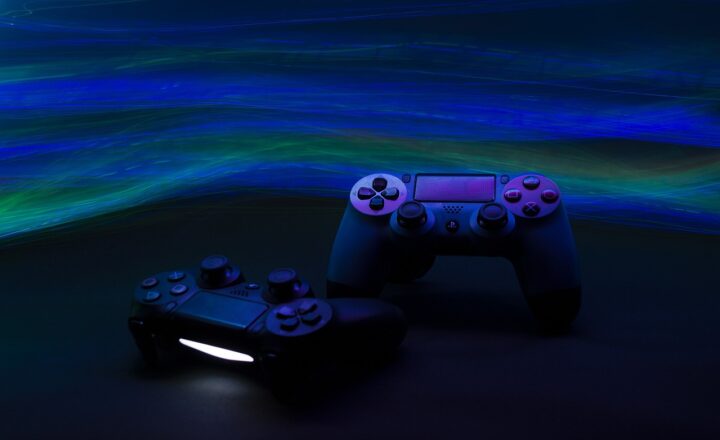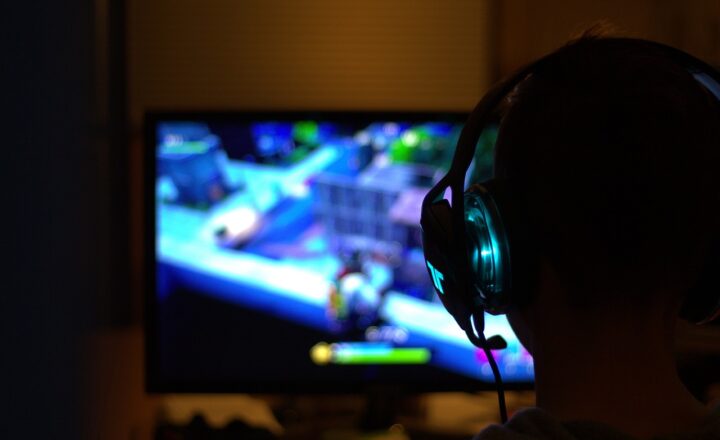From Pixels to Pixels: The Art and Science Behind Gaming Graphics
November 19, 2024

Gaming graphics have come a long way since the early days of simple pixelated characters and static environments. Today, they stand as a testament to the marriage of art and technology, pushing the boundaries of realism and creativity in the virtual world. In this article, we will delve into the evolution of gaming graphics, exploring the artistic techniques and scientific principles that enhance the immersive experience of video games.
1. The Evolution of Gaming Graphics
The journey of gaming graphics can be traced back to the 1970s, when early video games like Pong and Space Invaders utilized simple 2D sprites. As hardware improved, game developers began crafting more sophisticated visuals. This evolution included the transition from 2D to 3D graphics, which revolutionized the gaming experience.
The 8-bit and 16-bit Era
During the 8-bit and 16-bit eras, consoles like the Nintendo Entertainment System (NES) and the Sega Genesis introduced vibrant color palettes and dynamic sprites. The graphics were still simplistic but laid the foundation for visual storytelling and gameplay dynamics that would evolve in subsequent generations.
The Rise of 3D Graphics
The real breakthrough came in the mid-1990s with games like Doom and Quake, which implemented 3D graphics engine technology. These early 3D graphics, while rudimentary by today’s standards, created a new level of immersion. Polygons replaced sprites, leading to richer environments and character models.
As technology improved through the years, so did the complexity of graphics. The introduction of texture mapping, lighting, and shading algorithms refined the visual quality.
2. The Artistic Side of Game Graphics
While the technology that powers gaming graphics is important, equally crucial is the artistry involved in creating these visuals. Artists have the task of bringing their imaginative worlds to life, ensuring that characters, environments, and the game’s overall aesthetic align with the intended narrative.
Concept Art and Design
Every great game begins with a concept. Artists create concept art to visualize characters, settings, and the mood of the game, providing a foundation for the graphics development team. This stage is essential as it encompasses both creativity and technical feasibility. Concept art sets the direction for the entire graphic design process and serves as a reference for 3D modelers and animators.
Modeling and Texturing
Once the concept is approved, 3D modelers use software tools like Blender, Maya, or 3ds Max to create virtual models of the characters and environments. Texturing is the next step, wherein artists add surface details and colors to these models, simulating fabrics, materials, and various surfaces. High-resolution textures allow for a greater level of detail, making the graphics appear more realistic.
The collaboration between artists and technical teams is vital at this stage to ensure that the models run efficiently within the game’s engine.
3. The Science of Gaming Graphics
The art of gaming graphics relies heavily on scientific principles that govern how visual elements are rendered and perceived. Several key technologies have become instrumental in producing high-quality visuals.
Rendering Techniques
Rendering is the process of generating the final image from a 3D scene. Several rendering techniques play a crucial role in how graphics appear:
- Rasterization: The most common rendering process that converts 3D models into a 2D image. It is fast and efficient but may lack depth in realism compared to other techniques.
- Ray Tracing: A more sophisticated technique that simulates the behavior of light, resulting in high-quality reflections, shadows, and refractions. While computationally expensive, ray tracing has started to be utilized in real-time gaming thanks to advances in hardware.
- Global Illumination: This technique simulates how light interacts with surfaces, providing a realistic representation of shadows and lighting.
Physics Engines
Apart from rendering, physics engines are crucial in creating realistic interactions within the game world. They simulate real-world physics, allowing for accurate behavior of objects, like dynamics and collisions. Popular physics engines such as Havok or PhysX ensure that movements in the games mirror reality, enhancing immersion.
4. The Role of Technology in Advancing Graphics
The rapid advancement of technology has propelled gaming graphics to new heights. With each new generation of consoles and graphical hardware, gamers are treated to more realistic and immersive experiences.
Graphics Processing Units (GPUs)
GPUs have become the powerhouse behind rendering stunning graphics in games. With advancements in GPU architecture, such as Nvidia’s RTX and AMD’s RDNA, players now benefit from enhanced performance and realism, including real-time ray tracing and improved frame rates.
Artificial Intelligence (AI)
AI technology is making its mark in gaming graphics as well. AI algorithms can help in upscaling textures, which enhances resolution without added load on the system. Additionally, AI techniques can be employed to create more responsive non-player characters (NPCs), leading to richer gaming experiences.
5. The Future of Gaming Graphics
As gaming technology continues to advance, the future of gaming graphics presents exciting possibilities. Virtual reality (VR) and augmented reality (AR) are set to transform how players interact with games, with graphics playing a pivotal role in delivering immersive experiences.
Photorealism & Creative Styles
While photorealistic graphics have become a benchmark, there’s also a burgeoning trend of stylization in game graphics. Artists are experimenting with unique visual styles, creating games that embrace a more artistic approach instead of solely pursuing realism.
Conclusion
The evolution of gaming graphics is a fascinating tale of technological advancement and artistic innovation. From the simplistic pixels of early games to the breathtakingly realistic graphics we see today, the industry has continuously pushed the boundaries of what is possible. As technology continues to evolve, so will the artistic and scientific techniques behind gaming graphics.
A truly immersive gaming experience is built on the synergy between art and science, inviting players to explore imaginative worlds with breathtaking visuals. As we look to the future, one thing is certain: gaming graphics will continue to captivate and inspire both players and developers alike.








